Lab safety is essential for any researcher, and it’s important to have the right equipment to protect you and your research. Safety equipment for laboratories is of utmost importance.
Most people tend to be careless about lab safety and equipment, which poses a threat to their lab members and the lab itself. Lab accidents happen, and when they do, it’s important to have the right safety equipment on hand to help you and your team recover as quickly as possible.
This blog discusses the 10 essential safety equipment required by every lab. They are safety goggles, eyewash stations, fire extinguishers, chemical hoods, first aid kits, laboratory-safe refrigerators, fire blankets, safety shower equipment, gloves, and lab coats.
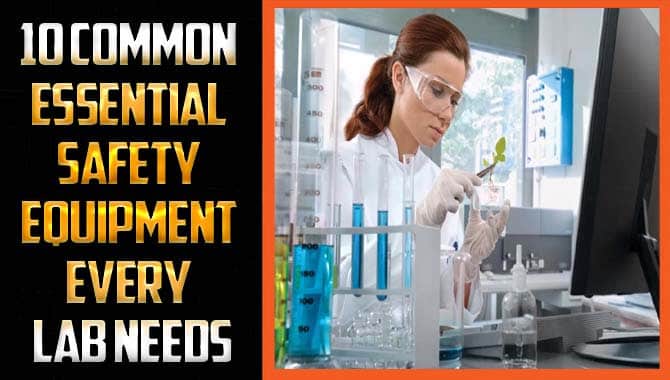
What Is The 10 Essential Safety Equipment For Laboratories?
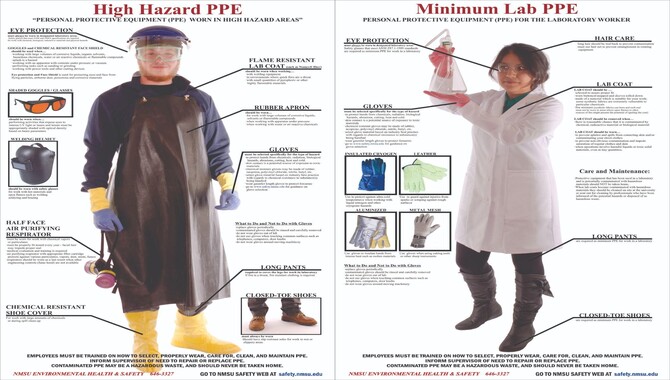
Laboratory safety equipment is essential for ensuring lab safety and should be prominently displayed in lab hoods or cabinets. This safety equipment includes goggles, lab coats, dust masks, safety shoes, face shields, HEPA filters, autoclaves, and laminar flow hoods. These safety equipment are essential to protect lab workers from hazardous chemicals and other harmful substances.
Lab coats and goggles are the basic safety equipment that lab workers use. A lab coat should be worn over lab clothing, and goggles must be used to protect eyes from chemical splashes to ensure protection from harmful agents in the lab work environment. Other safety equipment includes a dust mask, shoes, and a HEPA filter. Various laboratory safety equipment is necessary for safe working conditions.
1. Safety Goggles
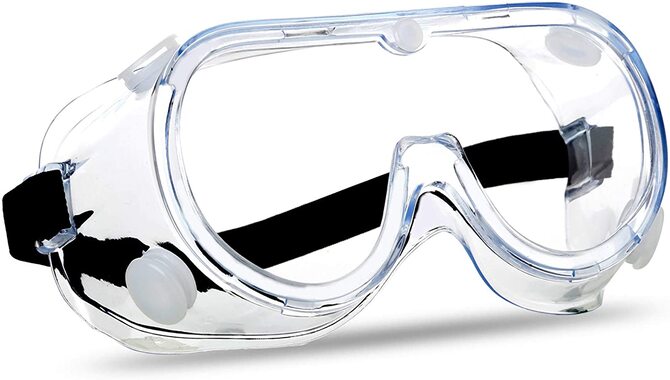
Laboratories can be dangerous places if you’re not properly equipped for the job. Some of the essential safety equipment for laboratories include safety goggles. These protect your eyes from chemical splashes, which can happen easily in a lab setting.
You also need a lab coat and gloves to protect yourself from exposure to hazardous materials. Other safety equipment for a safe laboratory environment includes a face mask and NIOSH respirator. This ensures that you are protected from any chemicals or other hazards in the lab. Safety goggles, lab coats, gloves, and safety are all essential safety equipment for a laboratory work environment where safety is paramount.
2. Eyewash Stations
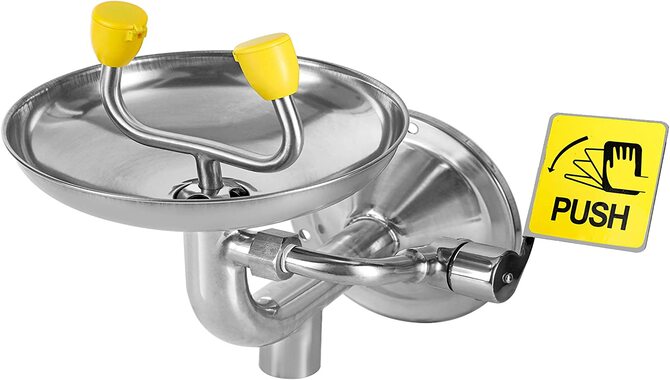
Eyewash stations are essential safety equipment in laboratories. They must be located nearby all work areas to protect lab workers from chemical spills and other hazards. This safety equipment should have fresh water available at all times, so lab workers can wash their faces and splash their eyes if they are exposed to dangerous chemicals or dust.
Eyewash stations must be properly installed and maintained to ensure worker safety. They should have emergency lights, first aid kits, fire extinguishers, and exhaust systems to ensure safety in case of an accident. When working with hazardous chemicals, wearing protective equipment such as gloves and goggles is always a good idea.
3. Safety Showers
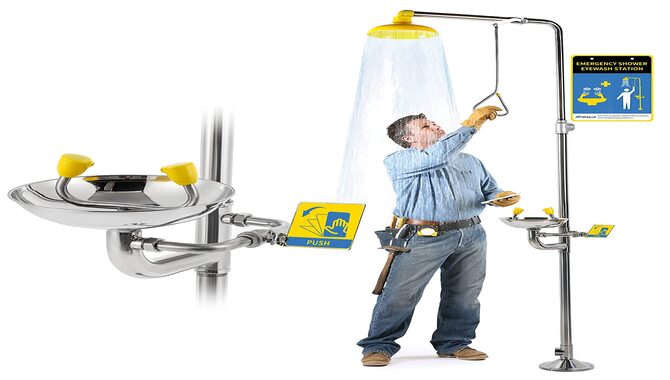
A safety shower is an essential piece of safety equipment for any laboratory. It provides a safe and sanitary place to wash your hands before you begin working. A safety shower can help prevent the spread of potentially harmful bacteria and other contaminants in the lab area.
It has features that do cleaning and disinfecting the lab area easier, such as an overhead shower head or hand-held shower attachment. Safety showers also have antibacterial coatings that help reduce the risk of cross-contamination. Overall, safety showers are important in keeping the lab environment clean and safe.
4. Lab Coats
Lab coats are essential safety equipment for laboratories. And Lab coats protect the wearer from exposure to hazardous materials and other contaminants and burns, and other injuries. Lab coats also protect the wearer from the effects of chemical exposure, such as skin damage or irritation.
Job safety concerns aside, lab coats are an investment in safety and personnel protection. They should be fitted and fit comfortably to ensure that they are not restrictive or uncomfortable. Regularly laundering lab coats to prevent the spread of contamination is a must.
5. Protective Gloves
Protective equipment such as gloves is essential when working in a laboratory. Gloves protect the hands from hazardous chemicals and other contaminants. Workers in the lab must wear disposable gloves when handling dangerous or toxic materials. To avoid exposure to airborne contaminants, lab staff should always wear a face mask. Laboratory safety requires diligent safety precautions and good safety practices. Laboratory personnel and the work being done in the laboratory benefit from these safety precautions.
6. Fire Extinguishers

Fire extinguishers are essential safety equipment for laboratories. We can use them to put out fires, prevent injuries, and protect property. Fire extinguishers save lives and reduce the risk of chemical accidents in laboratories. They can quickly extinguish a fire that poses a safety threat.
When using fire extinguishers, people must follow safety procedures such as reading labels. Knowing how to use them properly, and knowing where they are located and how to access them in an emergency. Train lab personnel in their use and teach them how to respond in an emergency.
7. Chemical Fume Hoods
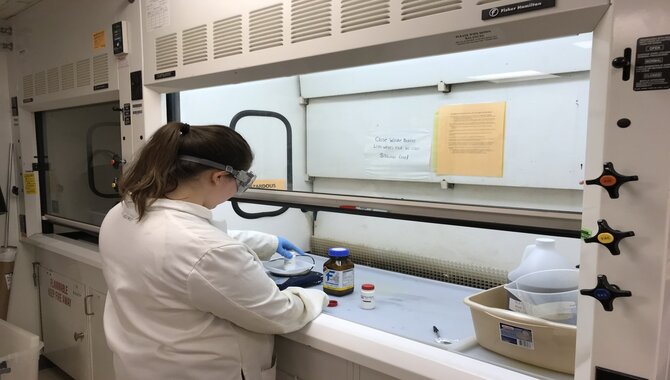
A chemical fume hood is essential safety equipment in any laboratory. It protects workers from exposure to hazardous chemicals through an exhaust system and filters out harmful particles and gases. Hazardous chemicals cannot affect workers’ lungs because of the chemical fume hood.
In addition, chemical fume hoods are often equipped with safety features such as safety windows and extinguishers. These safety features make chemical fume hoods more efficient and safe. Different models of chemical fume hoods vary in size and configuration. Lab managers need to select the right model for their lab, considering factors such as budget and space restrictions.
8. First Aid Kits
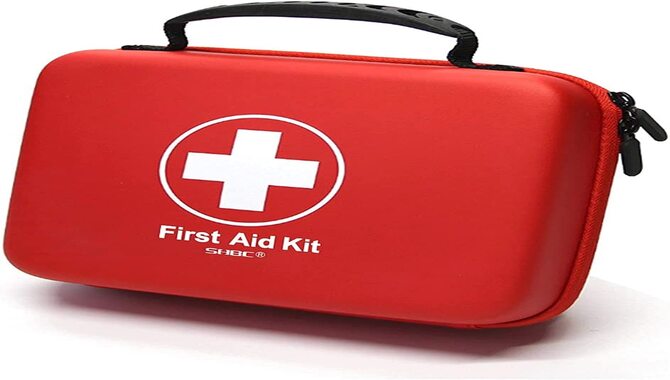
Lab safety is always a top priority, and first aid kits are essential to the safety equation. A first aid kit should include supplies for both small and large injuries. It should also contain items such as bandages, scissors, tweezers, gauze pads, and pain relief medication.
All laboratories should have at least one first aid kit on-site to ensure that it is available in case of emergency. This kit should include all the basic supplies needed to treat small injuries and prevent larger ones from becoming more serious.
9. Laboratory-Safe Refrigerators
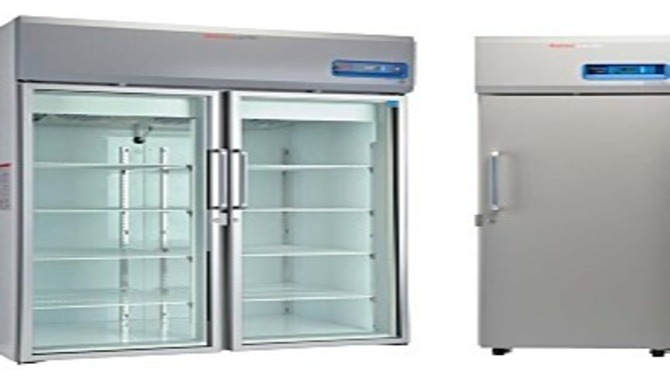
Refrigerators in laboratories are essential for storing samples and other materials that may contain hazardous or infectious material. These refrigerators must meet safety requirements to protect the health and safety of laboratory personnel.
Refrigerators should be lab-safe, which means they must have safety features such as tamper-proof lids and locking doors to prevent unauthorized access and accidental contamination. Additionally, lab-safe refrigerators must have an automatic ice maker and an external thermometer.
They must also have a high level of insulation to keep materials cold. All of these features help ensure the safety of laboratory staff. We should list the make, model, and serial number of lab-safe refrigerators on their labels so that we can easily identify and track them. This will help ensure safety and maintain accountability.
10. Fire Blankets
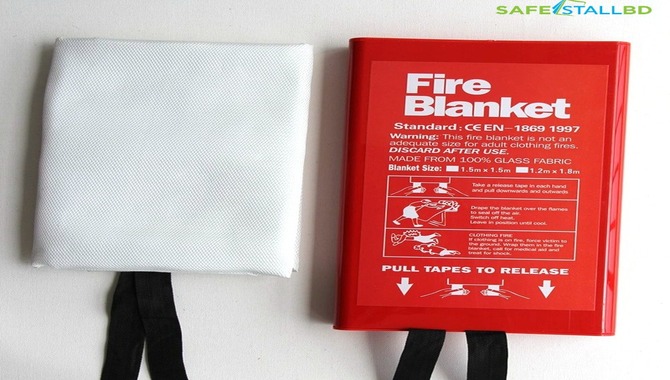
A fire blanket is essential safety equipment for laboratories. People use a large rectangular fabric filled with sand or foam, known as a fire blanket, to extinguish a fire. It can protect lab equipment from small fires or put out a large fire.. Additionally, fire blankets can also be used to protect personnel from burns.
They are typically made of breathable cotton or nylon and are designed to be worn over clothing to protect against fire-related injuries. A fire blanket is an important safety precaution that must be taken when working with hazardous materials in the lab. It provides an efficient means of extinguishing fire without causing further harm to lab equipment or personnel.
How Do I Choose The Right Essential Safety Equipment For My Lab?
To choose the right essential safety equipment for your lab, first, you need to consider the type of lab work you do and the chemicals used in that work. For example, if you handle dangerous chemicals like acids, corrosives, oxidants, or fire extinguishers, it’s essential to wear safety goggles and gloves. If you handle lab equipment such as glassware or beakers—or use nitrous oxide gas in an anesthetic procedure—it’s essential to wear safety goggles, gloves, and a lab coat.
If you handle laboratory equipment such as Bunsen burners or fume hoods—or use high-temperature cooking equipment—it’s essential to wear safety goggles and gloves. Safety goggles and gloves are essential if you handle chemicals such as acids, bases, or metals in a chemical lab. If you handle lab equipment such as microscopes or tweezers in a lab, safety goggles are essential. Safety goggles and gloves are essential if you handle lab equipment such as wash water dispensers or centrifuges.
When choosing safety equipment for a lab bench, look for clothing that protects against chemical splashes, spills, and electrical hazards. Also, consider protection against eye hazards such as splashes of acid or chemicals. Keep in mind all safety rules and regulations regarding using safety equipment on the lab bench.
Conclusion
Lab safety is a top priority for any laboratory, and it is important to ensure that you have the correct safety equipment to protect you and your staff. Improper lab safety equipment can lead to injuries, fire, and even loss of life. Make sure you have all the safety equipment you need for your lab.
When selecting safety equipment for your lab, first consider the hazards of your work area and what type of equipment you need to ensure safety. You can then choose from a wide range of safety equipment options. Get expert lab safety equipment advice from experts like those at Raritan. They’ve helped countless labs select the essential safety equipment for their work areas.
Frequently Asked Questions:
1.What Safety Gear Is Required For All Labs?
Ans: All labs, regardless of size, should have the following essential safety equipment:
- A fire extinguisher
- A first-aid kit
- A hazardous material suit
- Eye protection
- Protective gloves
- Safety shoes
2.What Is The Most Important Safety Equipment In The Lab, And Why?
Ans: The most important safety equipment in the lab is a face mask and protective eyewear. A face mask protects against exposure to hazardous chemicals and particles. Protective eyewear protects the eyes from chemical splashes and particles. Other essential safety equipment in the lab includes a lab coat, goggles, gloves, and a safety helmet. These items protect the lab worker from personal injury and exposure to hazardous chemicals.
3.What Are The 5 Most Important Lab Safety Rules?
Ans: Here are 5 lab safety rules that you should always keep in mind when working in a lab:
- Always use safety glasses when working with chemicals or other lab materials containing harmful particles.
- Use a laboratory safety respirator if the concentration of hazardous materials is high enough.
- Keep all lab materials out of the reach of children.
- Ensure all lab equipment is properly maintained and in working order.
- Take proper safety measures when handling hazardous materials.
4.What Is The Most Important Laboratory Equipment?
Ans: A laboratory should have a microscope, a centrifuge, a chemical balance, and a spectrophotometer. Other essential equipment includes a pipette, an Erlenmeyer flask, and a beaker. It is important to have the correct equipment for the task at hand.
For example, if you are trying to measure the concentration of a substance in a beaker, you would need a specific type of beaker called a volumetric beaker. Make sure to keep your equipment clean and in working order. Properly maintaining equipment will help to ensure accurate results and prolonged use.
5.Which Is Better: Wet Or Dry Safety Equipment?
Ans: Regarding safety equipment, it is generally recommended to use wet safety equipment when working with hazardous materials. This is because dry safety equipment may not be as effective in the presence of hazardous materials. Wet safety equipment is easier to clean and maintain, which is important in ensuring safety when using hazardous materials.

Leave a Reply